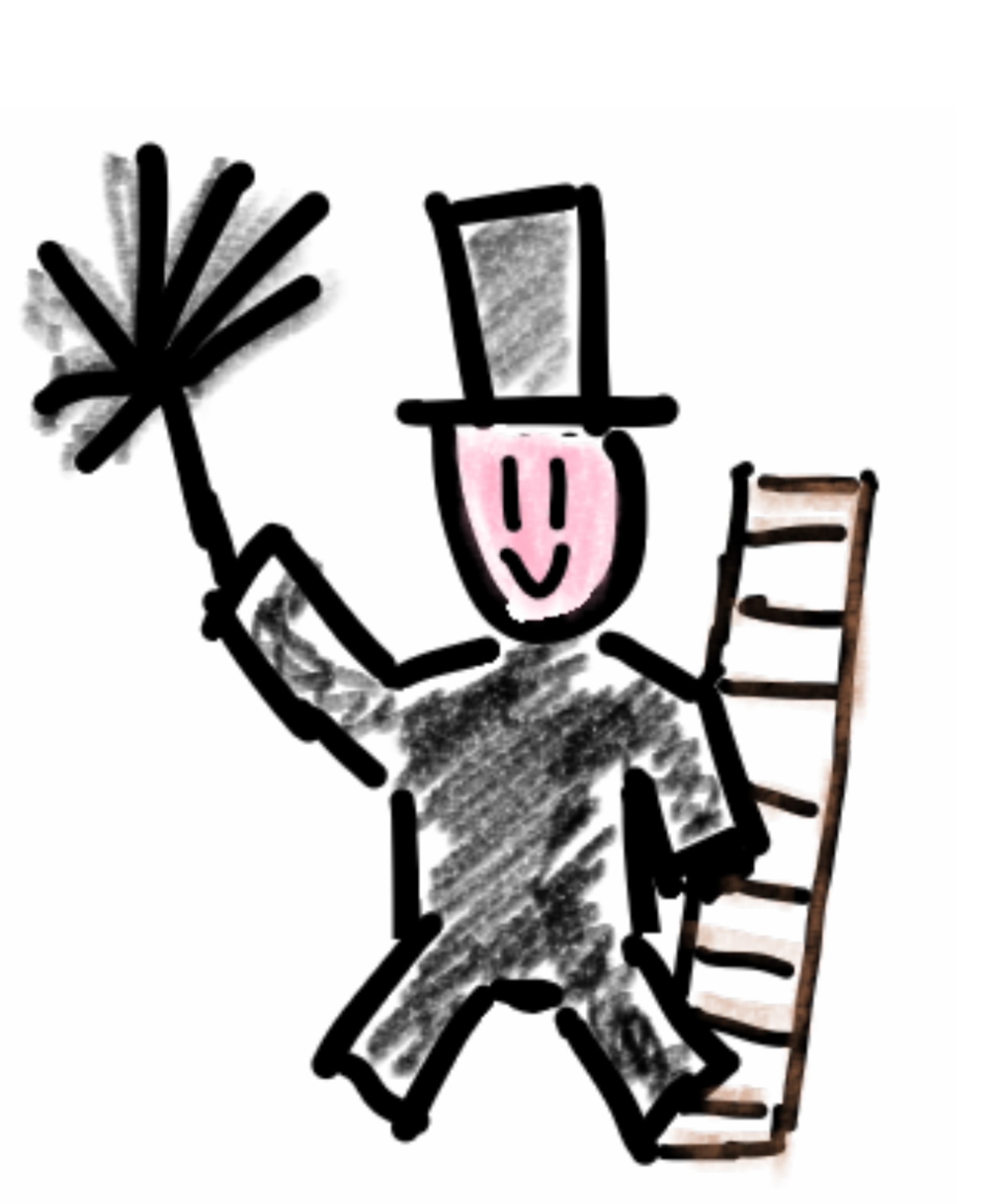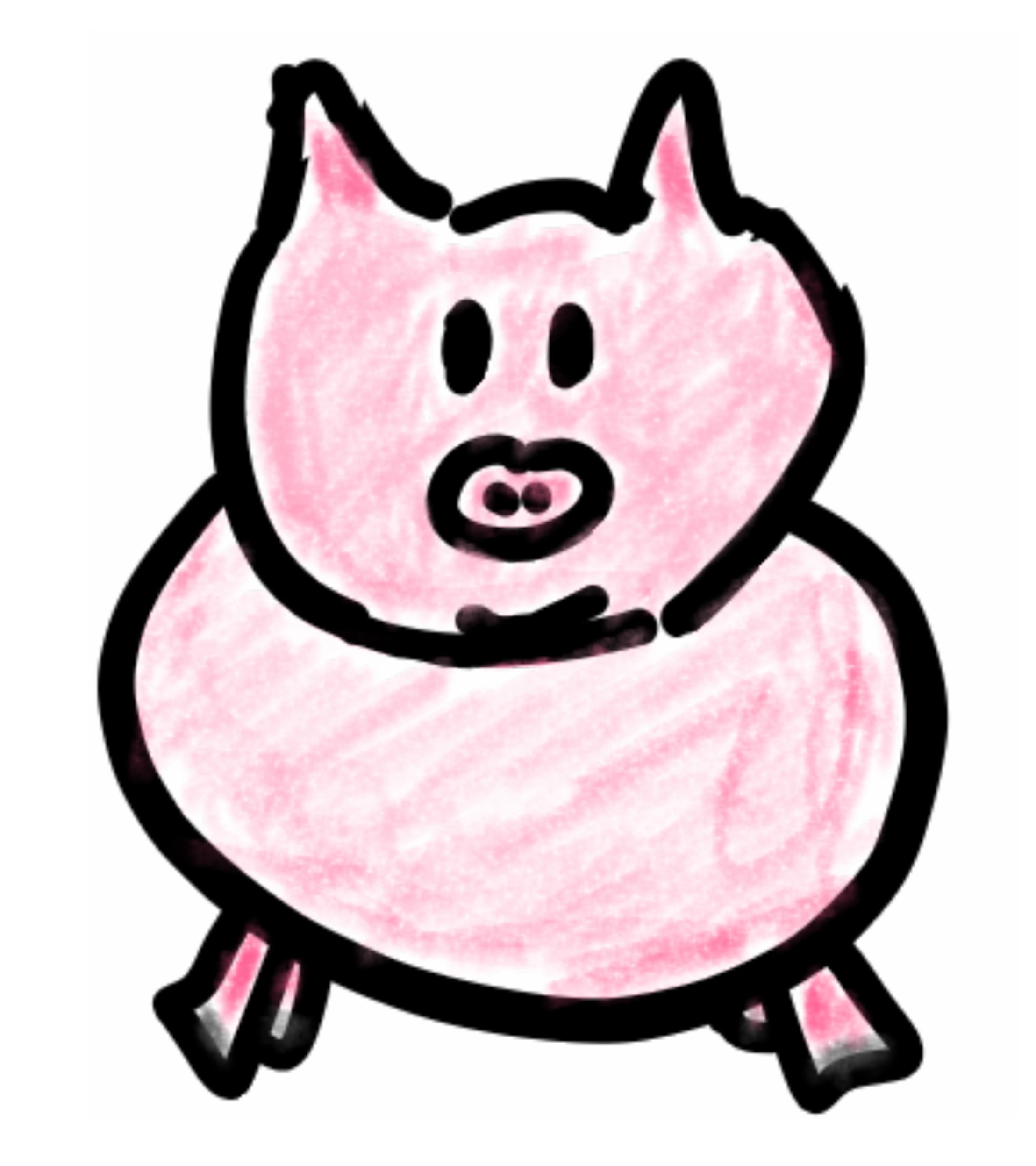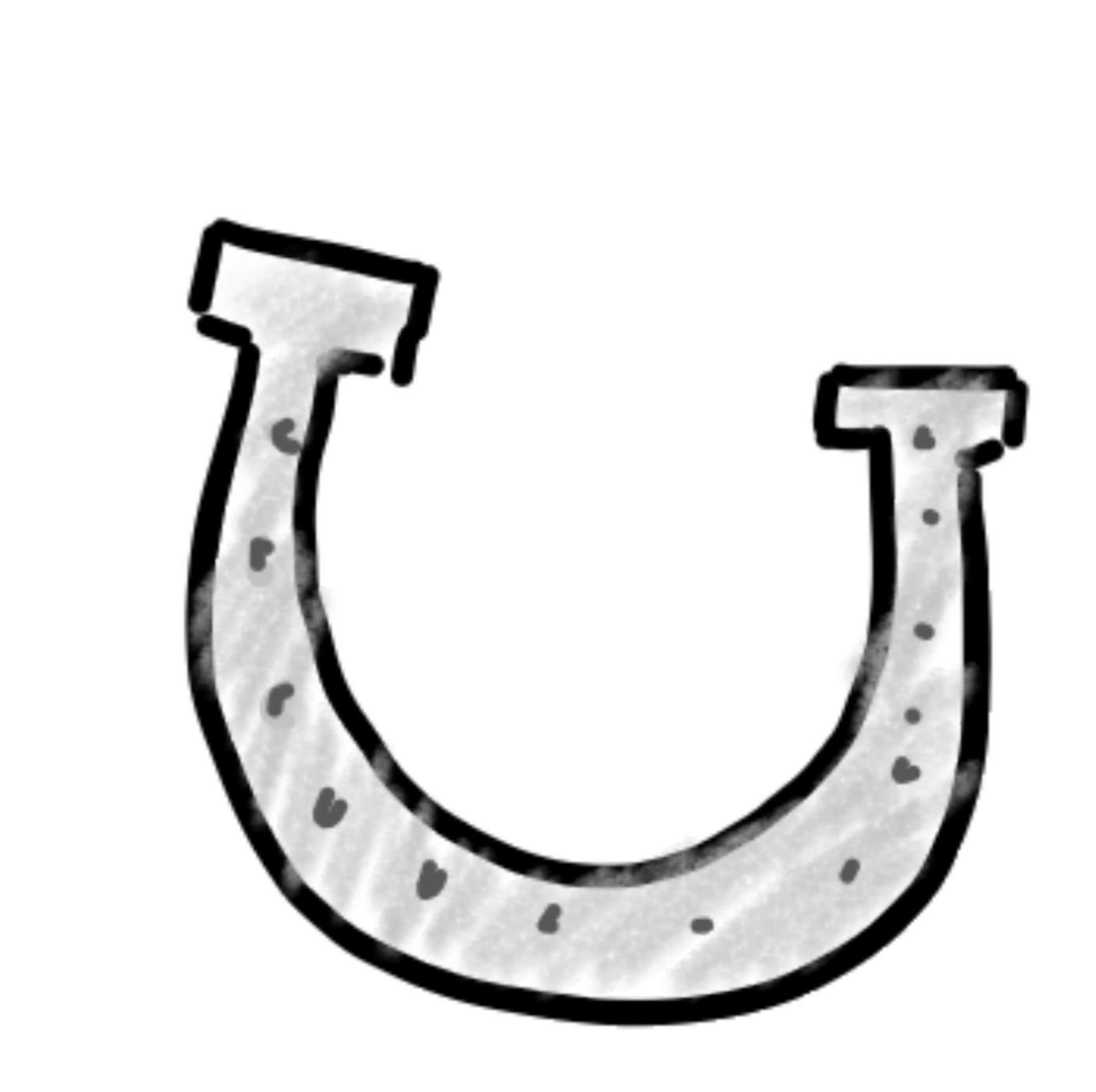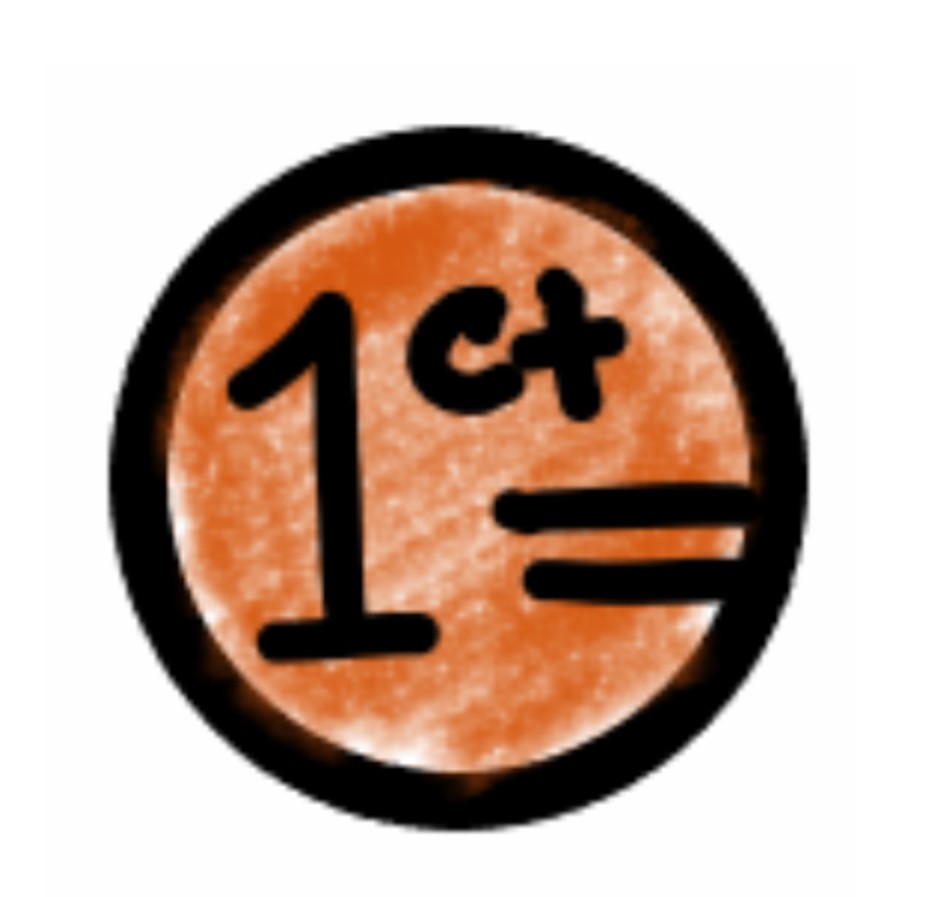Will You Get Lucky In 2018? Posted by Sten on Jan 18, 2018 in Culture, Holidays, Language
It is 2018, a new year! That not only means setting new year’s resolutions and goals, but it also means wishing people a happy new year, and wishing each other luck. How? Find out.
Frohes neues!
1. Ich/Wir wünsche(n) viel Glück und Erfolg im neuen Jahr!
I/We wish good luck and success in the new year!
This is one of the most common ways to wish somebody a happy new year, and you will find it a lot on Neujahrskarten (new year’s postcards).
2. Guten Rutsch!
Good slide!
This is a rather strange wish. You basically tell someone to slide well into the new year, so this is said during the days before New Year’s Eve. What does it mean? It may have its origins in Yiddish, which German got many words from, actually. The Yiddish word “Rosch” means Anfang (beginning, start). So it is a guter Anfang! (good beginning/start)!
3. Frohes neues!
Happy new!
This is the most common greeting in the new year. I personally think it is fine to wish frohes neues for the whole month of January. After all, you don’t see everyone you want to wish it to within the first week of January! Frohes neues is short for Frohes neues Jahr – Happy new year.
Glücksbringer
Apart from these greetings, there are several Glücksbringer (lucky charms) that are especially paid attention to around the turn of the year. You are free to use these to send to friends if you’d like, since I made them myself. Let’s have a look at all of them!
Schornsteinfeger
 The Schornsteinfeger (chimney sweeper) is a classic! But why should the Schornsteinfeger be a Glücksbringer?
The Schornsteinfeger (chimney sweeper) is a classic! But why should the Schornsteinfeger be a Glücksbringer?
A clean Schornstein is important, because the soot in the chimney can still ignite with fire from the Kamin (fireplace). In the past, houses were made of wood, and such an ignition could set entire city quarters on fire. So the Schornsteinfeger would bring good fortune, because he would clean Schornsteine to prevent a Feuer (fire).
Most chimney sweeping took place at the turn of the year, so it was also the time that the Schornsteinfeger would bring by his Rechnung (invoice), and he had the opportunity to wish his Kunden (clients) a Guten Rutsch. This was also considered to bring fortune, so the Schornsteinfeger grew out to be a Glücksbringer!
Schwein

The Schwein (pig) is another classic. Very well known is the expression Schwein gehabt haben (“to have had pig”), which means that you got lucky with something.
But why a Schwein?
Back in the day, having a Schwein and being able to eat Schwein was seen as a sign of Wohlstand (prosperity) – but also of Glück (luck). According to folklore, eating Schwein on January 1 would bring luck in the coming year. Nowadays, the only thing left from that tradition and belief is the expression: Du hast Schwein gehabt!
Hufeisen
 The Hufeisen (horseshoe) is a well-known Glücksbringer. The story goes that a Schmied (blacksmith) called Dunstan once shod the Teufel (devil), but he hit it so hard, that the Teufel was begging for Gnade (mercy). Dunstan said he would only stop if the Teufel would promise to spare all those wearing a Hufeisen. So have one at your home – the Teufel will spare you! It is especially widespread belief in the north of Germany. an
The Hufeisen (horseshoe) is a well-known Glücksbringer. The story goes that a Schmied (blacksmith) called Dunstan once shod the Teufel (devil), but he hit it so hard, that the Teufel was begging for Gnade (mercy). Dunstan said he would only stop if the Teufel would promise to spare all those wearing a Hufeisen. So have one at your home – the Teufel will spare you! It is especially widespread belief in the north of Germany. an
There are many different places in which you can hang the Hufeisen. One thing is strange, however – the direction in which you should hang it up. Some say you need to put the horns up, so that Glück can be received. Others say that it should be hung horns down, so that the Glück can run out, into your life. Either way should work, I suppose!
Glückspfennig
 A Glückspfennig (lucky penny) is made of Kupfer (copper). The luck of it comes from the belief that in something small lies the origin of something big – so finding one, that is Glück for something great to come!
A Glückspfennig (lucky penny) is made of Kupfer (copper). The luck of it comes from the belief that in something small lies the origin of something big – so finding one, that is Glück for something great to come!
What are Glücksbringer in your language or country? Do you know the ones above? Let me know in the comments below!

Build vocabulary, practice pronunciation, and more with Transparent Language Online. Available anytime, anywhere, on any device.





Comments:
Aren Maeir:
Do note that Yiddish “Rosch” derives from Hebrew “Rosh” (ראש, originally meaning “head,” but then start/first/beginning/top/etc.). “New Years” in Hebrew is “Rosh Hashana” – the beginning/top of the year.
Sten:
@Aren Maeir Ah perfect, thanks! That explains it even better 🙂
Jacob Hawkins:
HA! These are great and very interesting. Thank you for giving a brief description. In the American South, especially the rural South, we always had Black Eyed Peas and Hog Jowl on New Year’s Day. That was supposed to bring good luck in the new year. I find it interesting that Schwein has a connection. Great site and THANKS!!
Kelly:
Hallo, Sten! Here in the States, as you may know, the horseshoe is also for good luck. But here, we hang it with the horns up so the luck doesn’t run out. Another very old one is, if you give someone a wallet or purse as a gift, you should place a penny in it for luck. Fun blog!
Sten:
@Kelly Yeah, with the horns up – that is also how I know it! What I did not know is that it is apparently practice with horns down too… Did not know that with the wallet or purse, how cool!